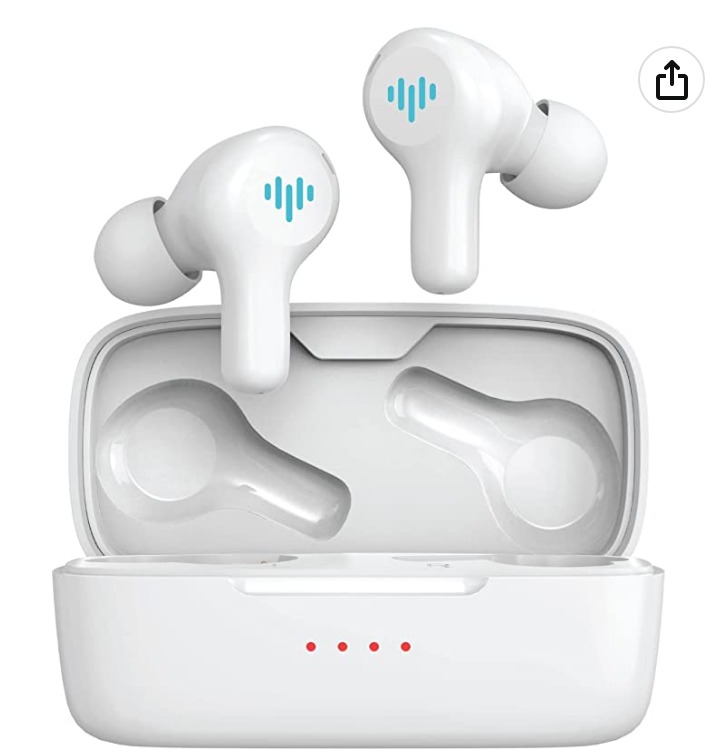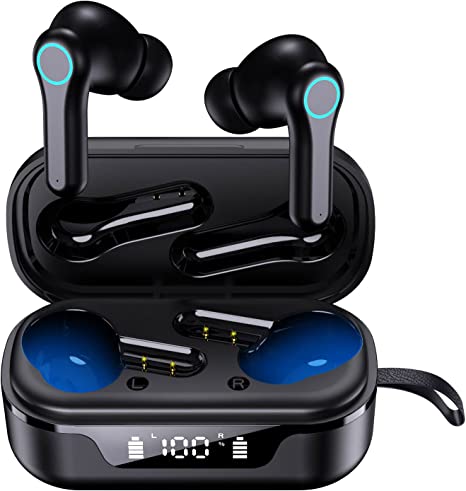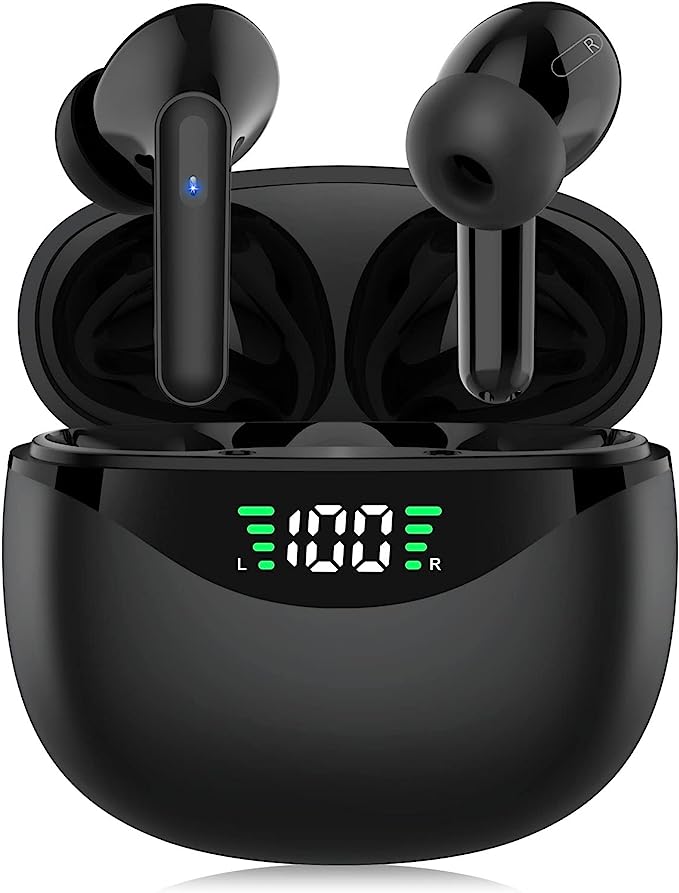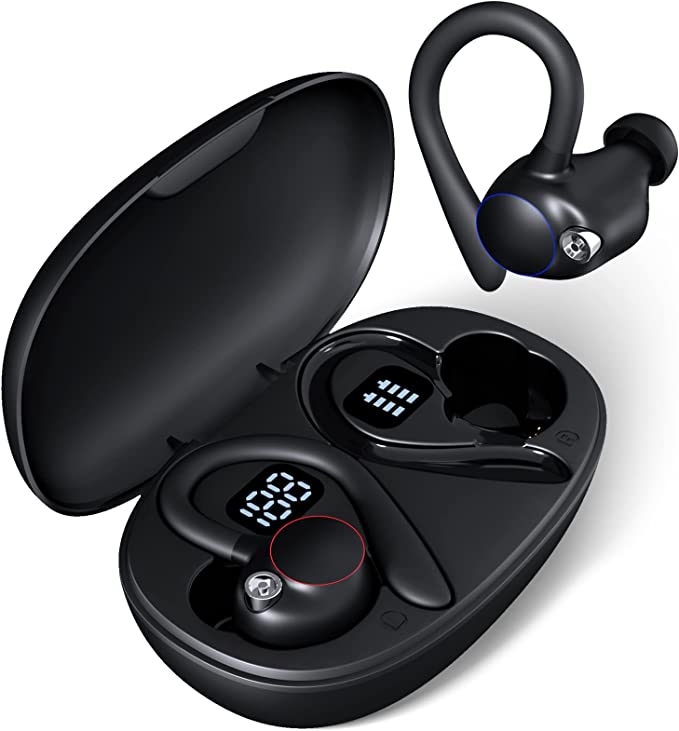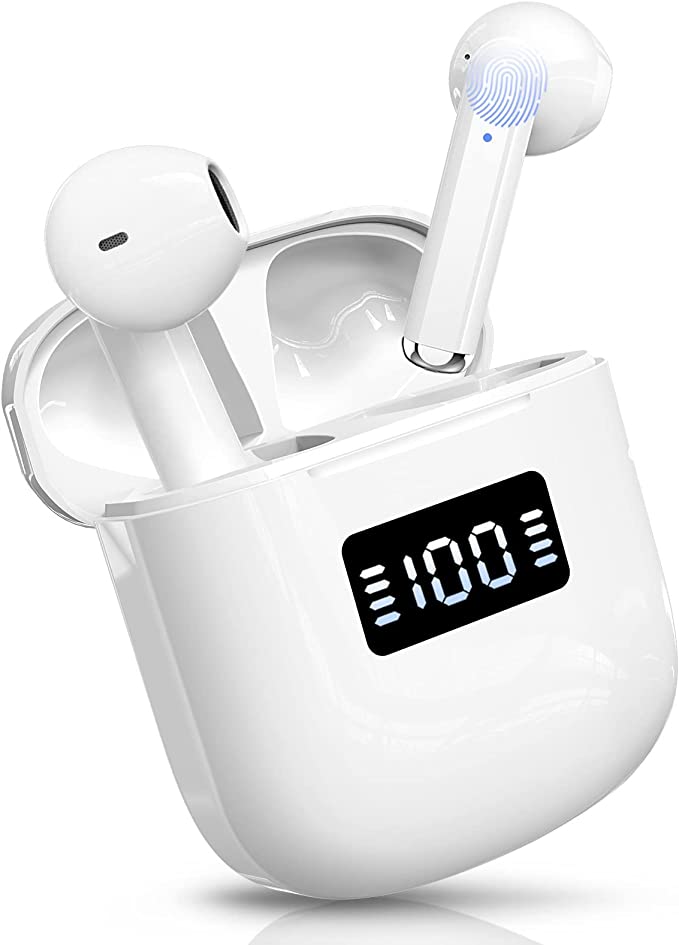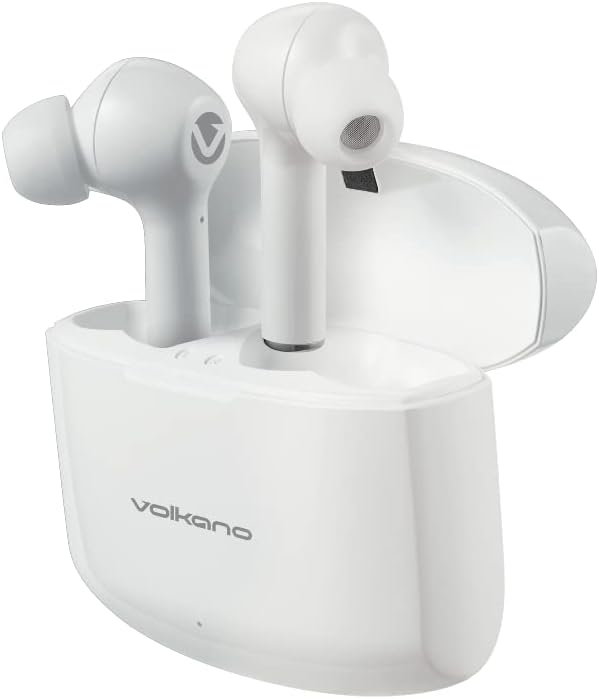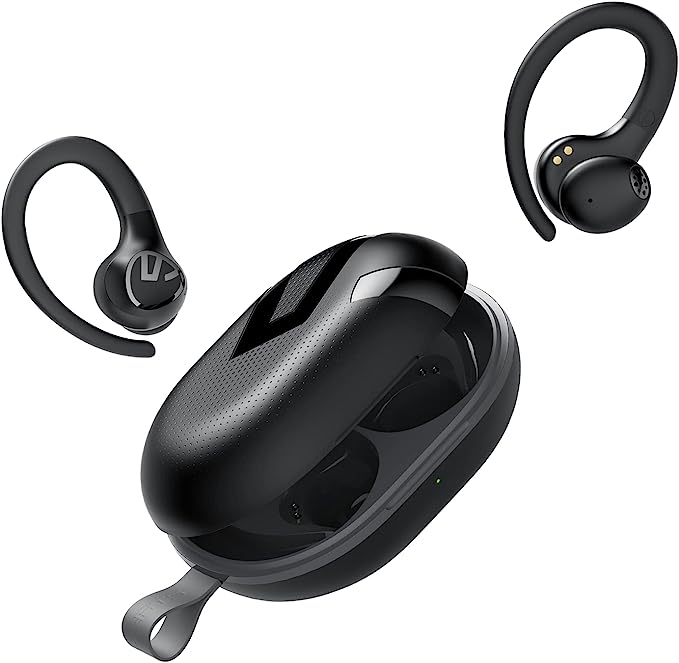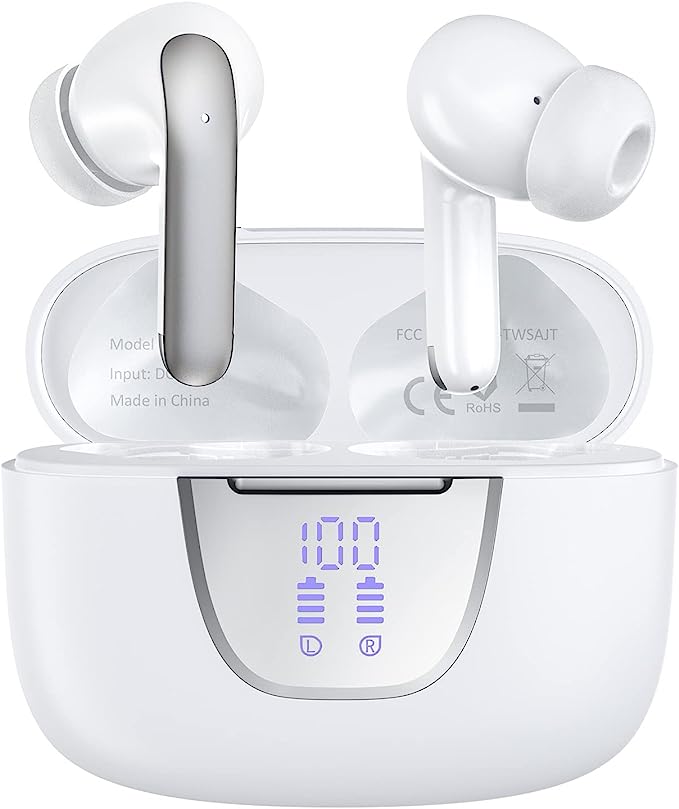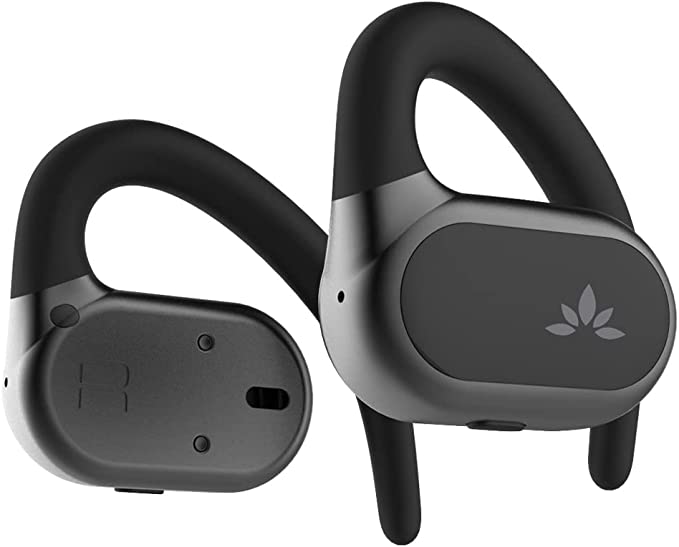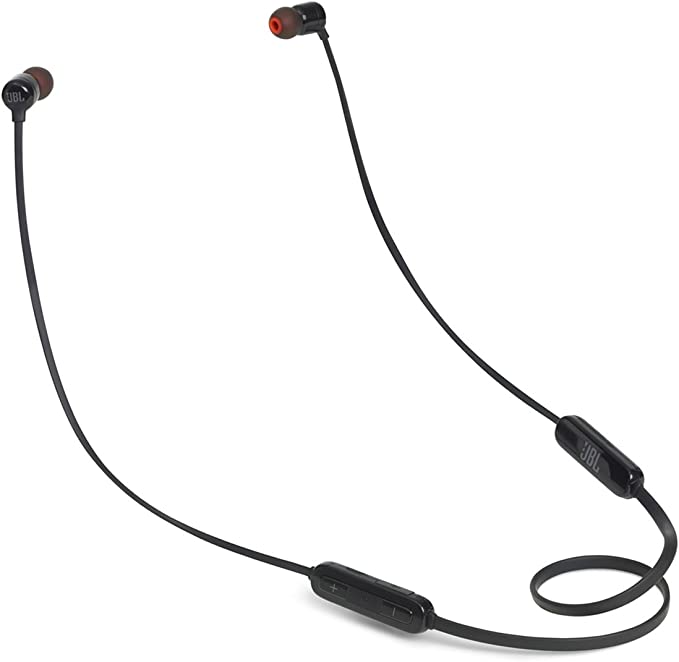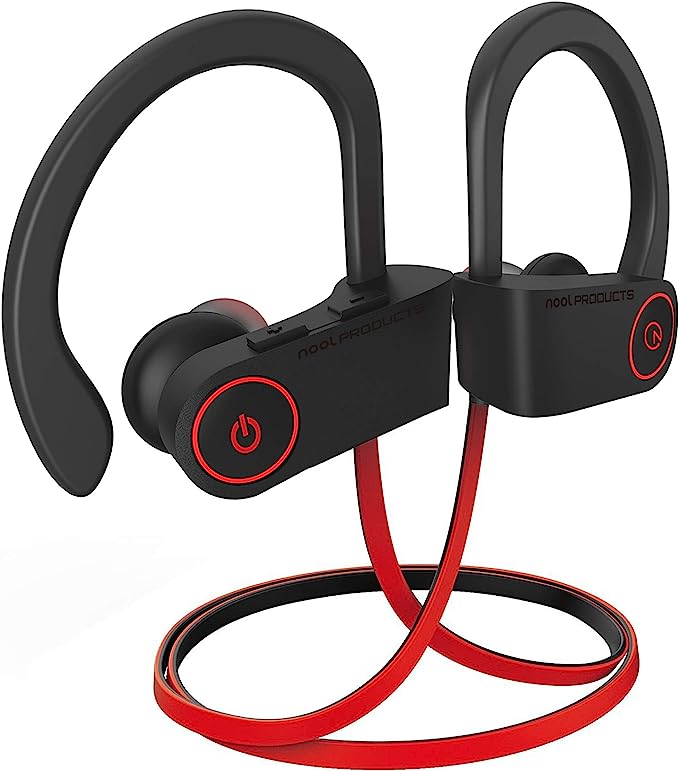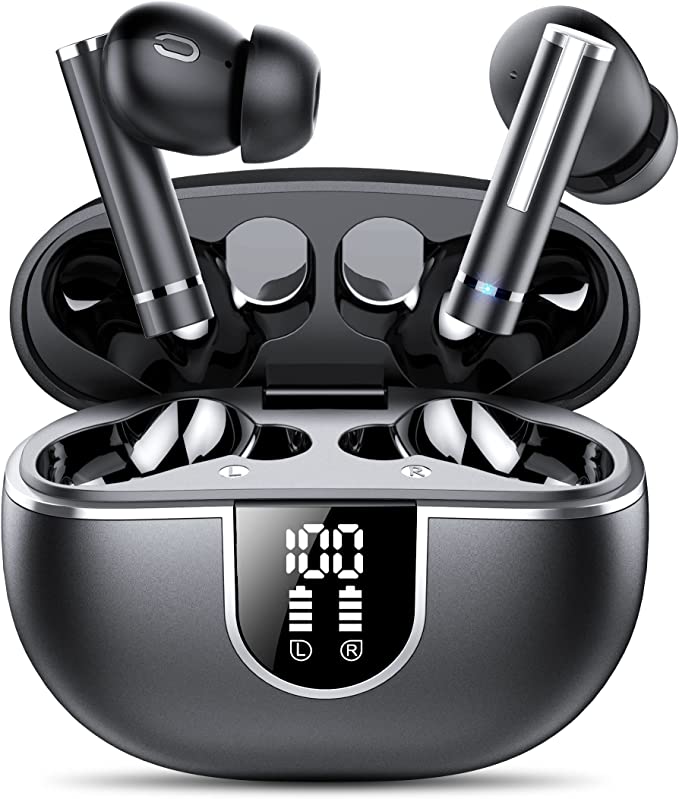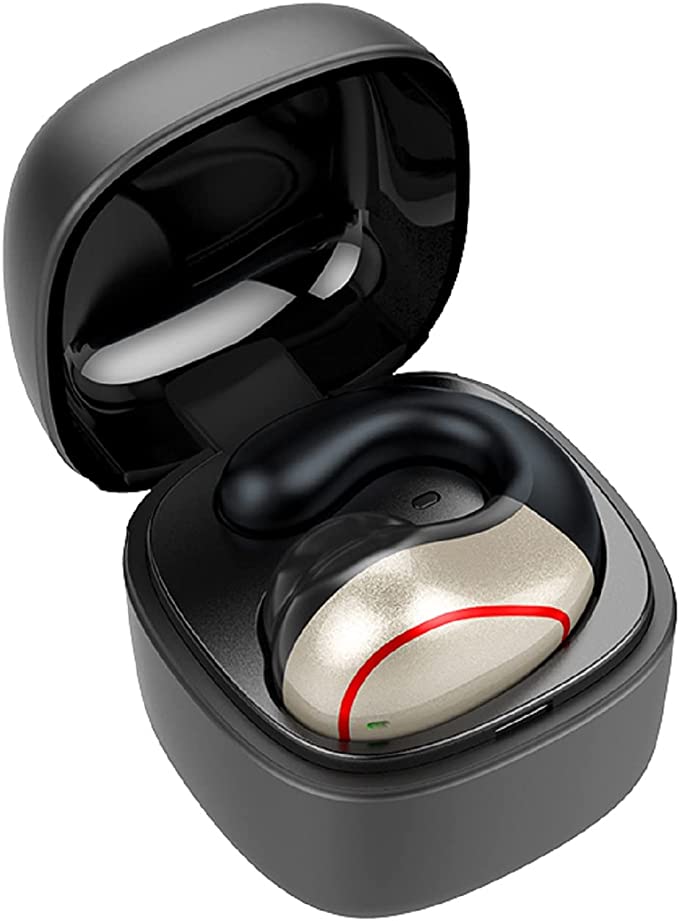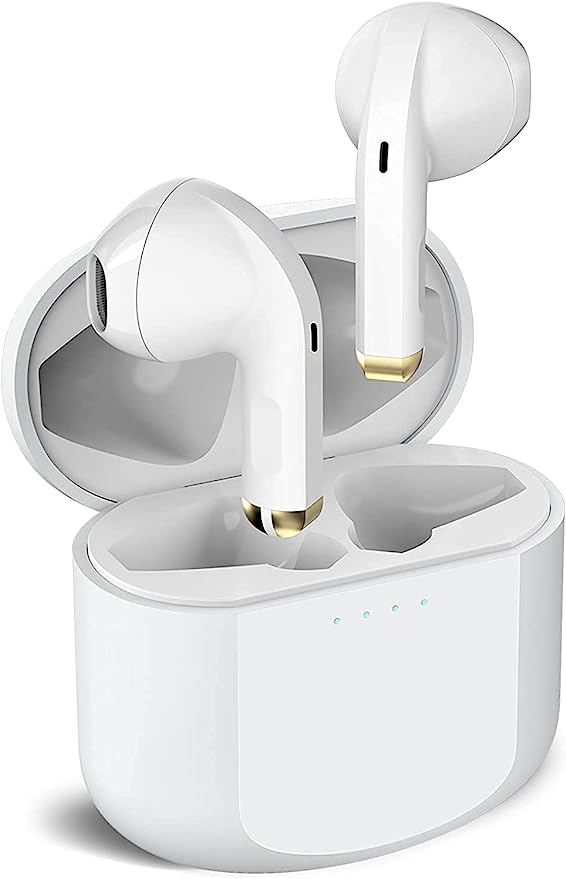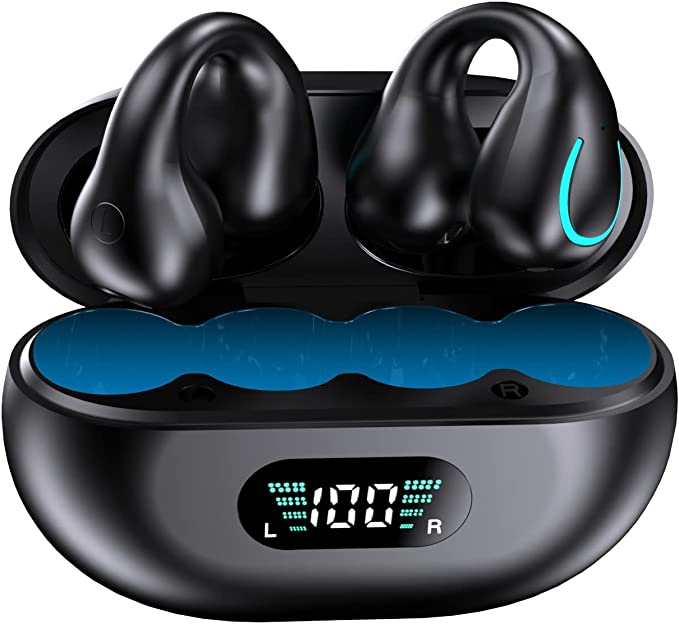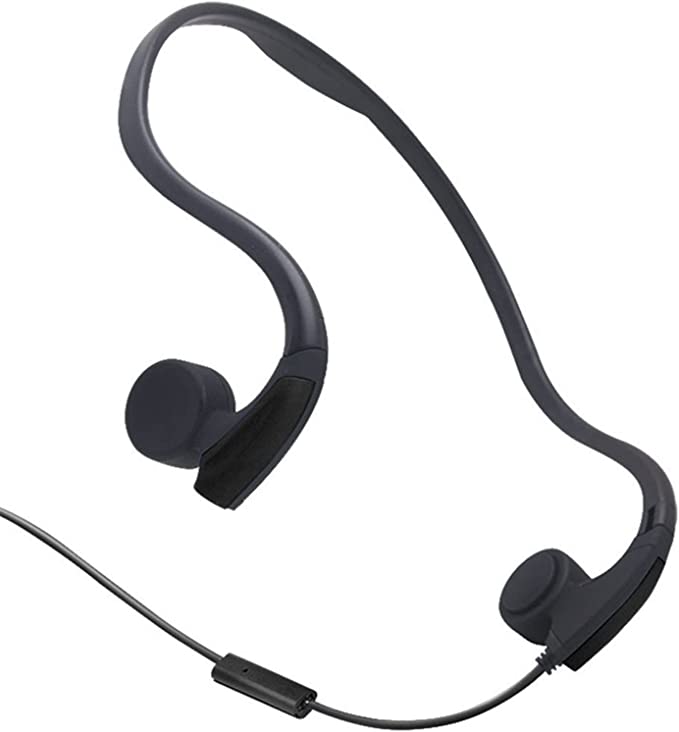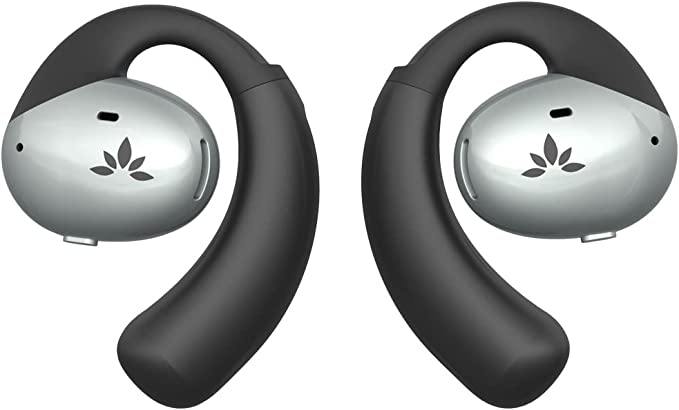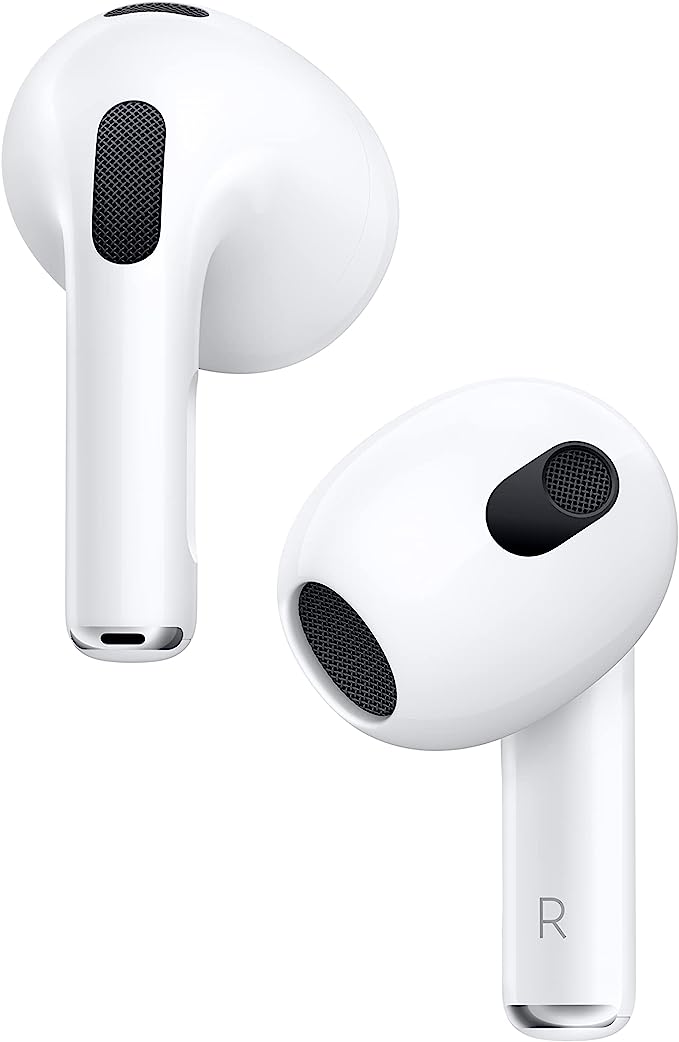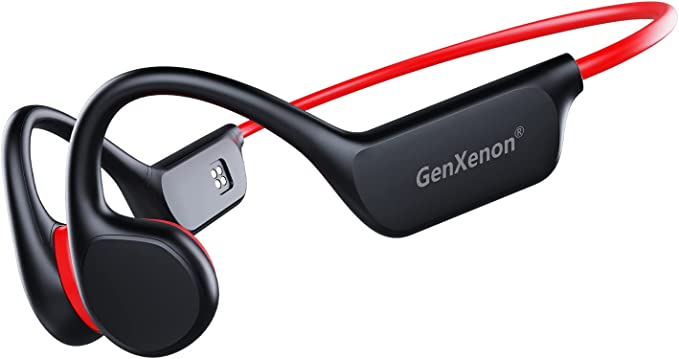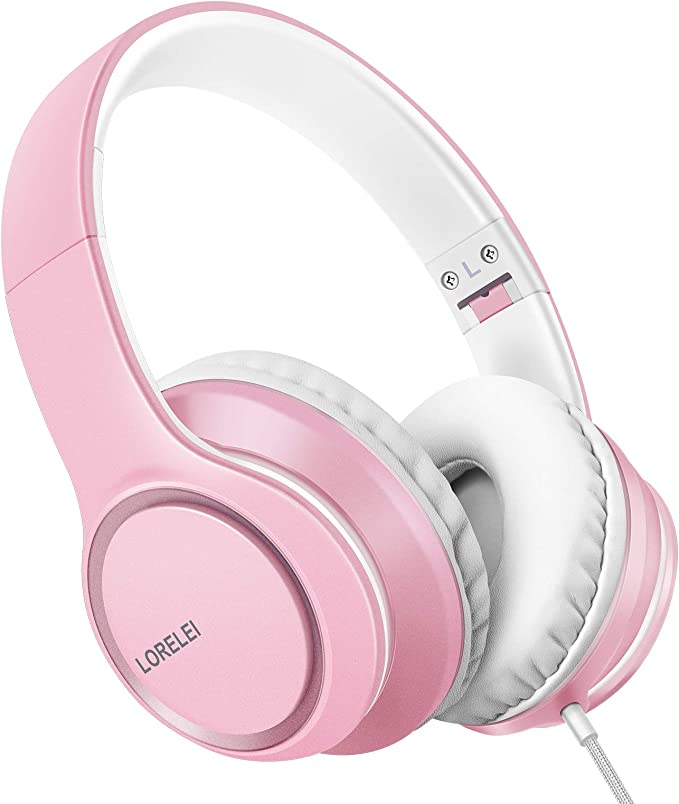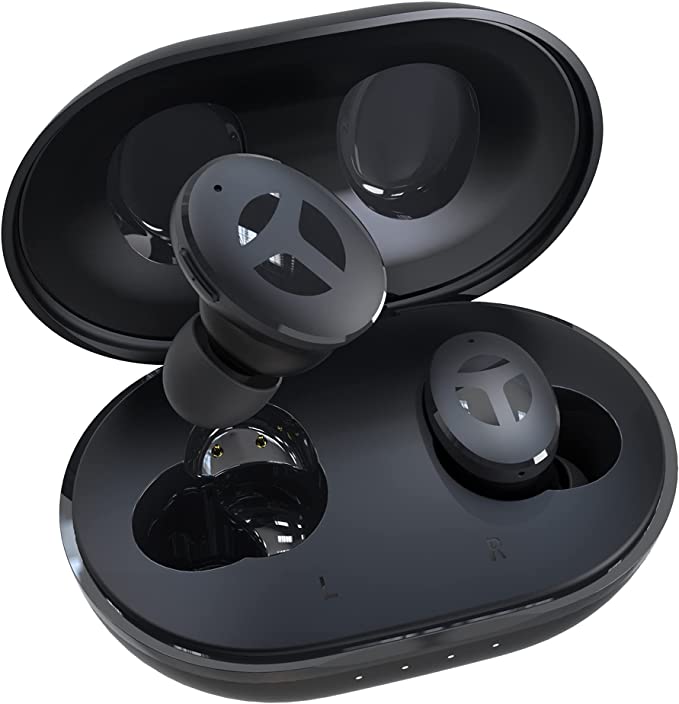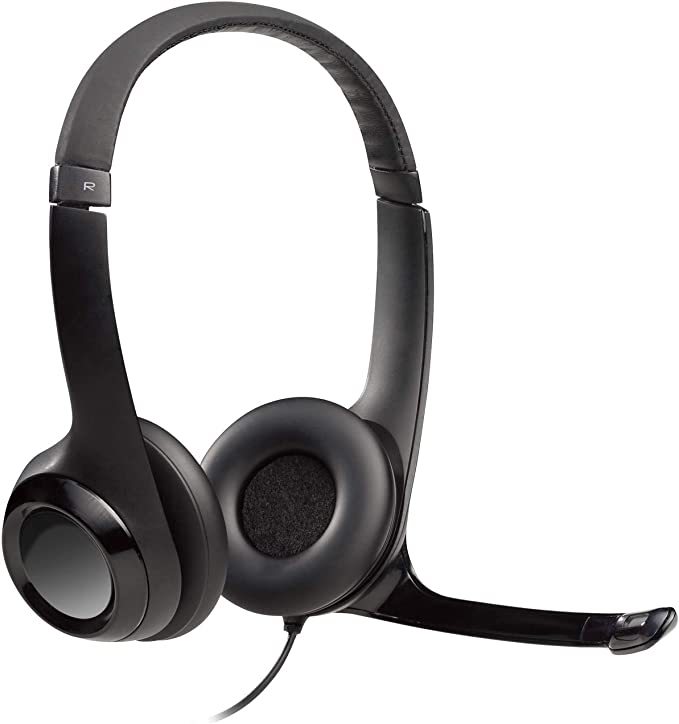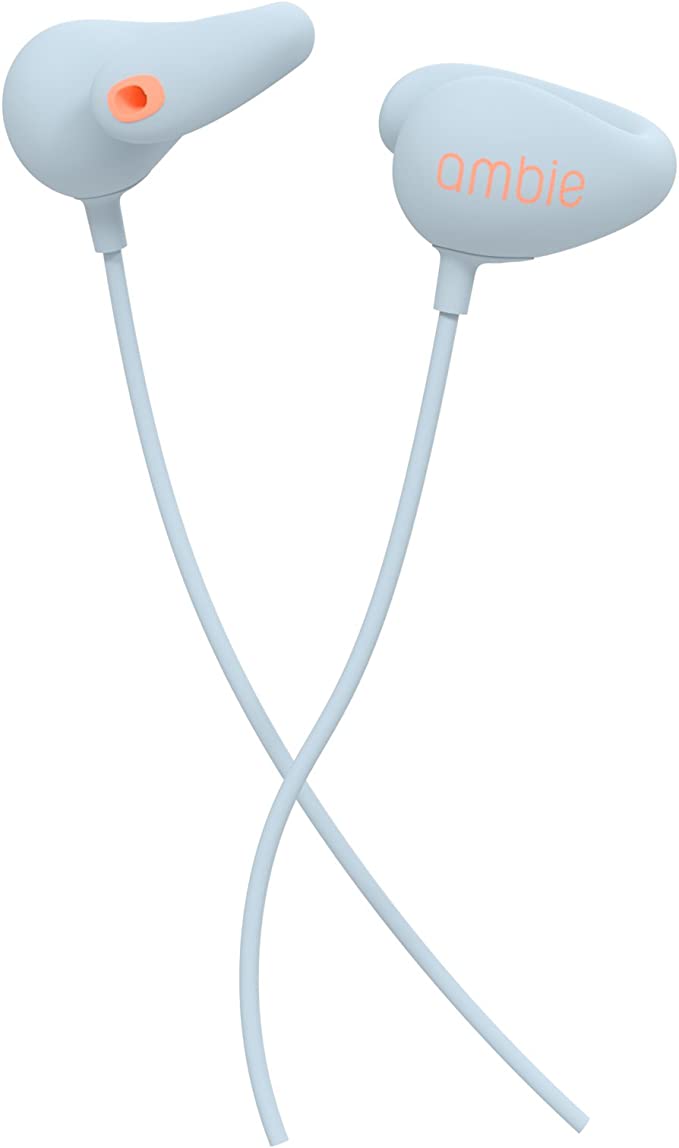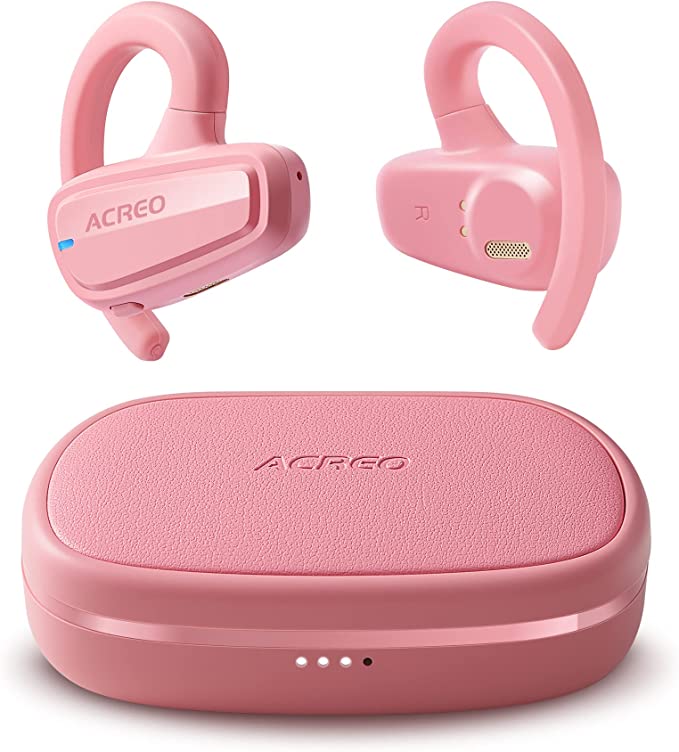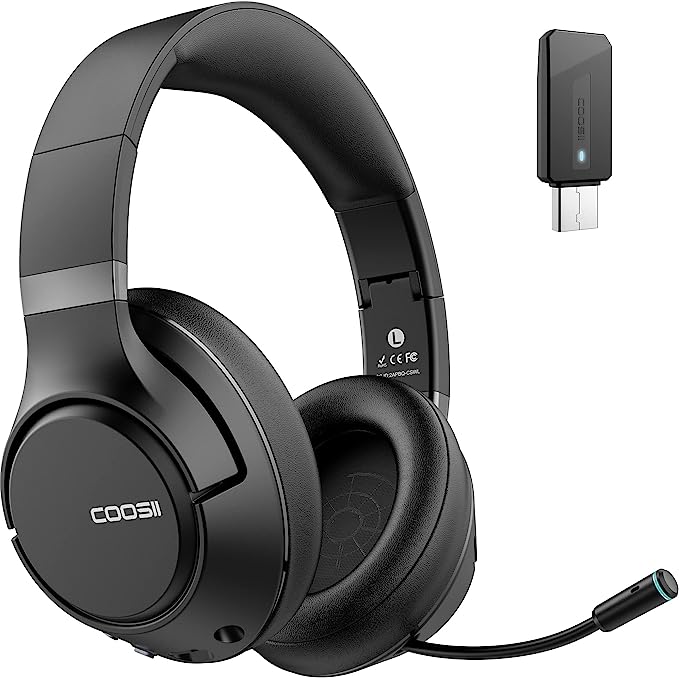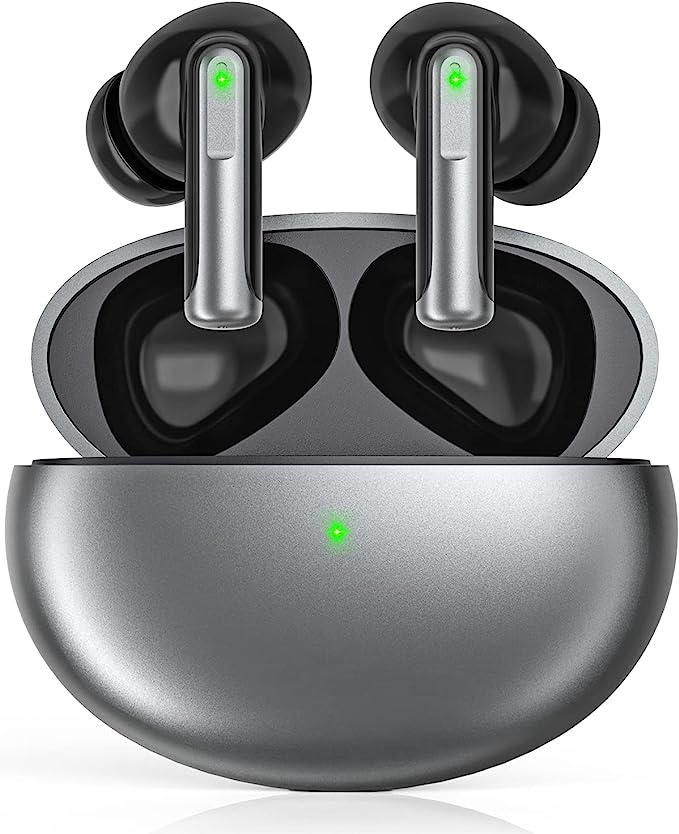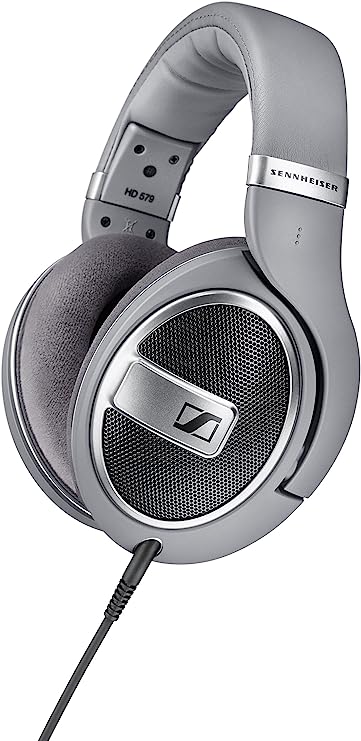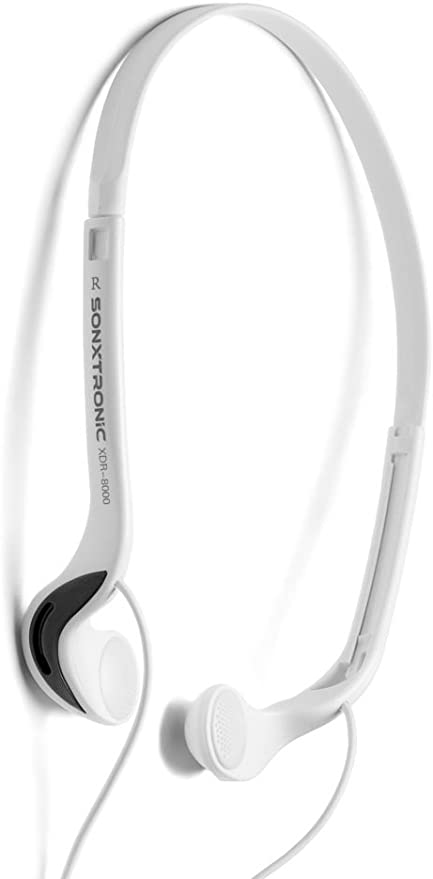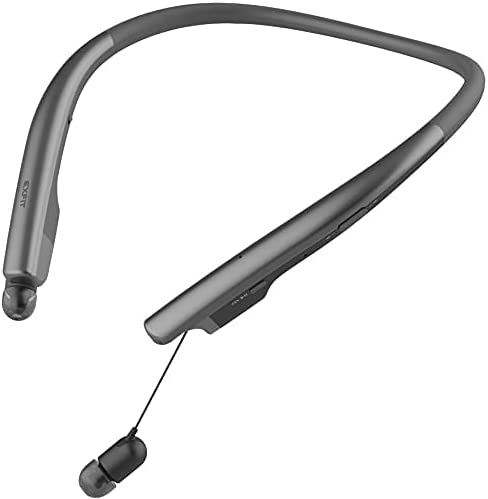The "Bone Conduction" Myth: A Guide to True vs. Air Conduction Earbuds
Update on Nov. 14, 2025, 7:37 a.m.
The promise of “open-ear” headphones is compelling: you get to enjoy your music or podcasts while maintaining full situational awareness, hearing the world around you. This is a crucial safety feature for runners, cyclists, and office workers. In this market, you’ll constantly see the term “bone conduction” used, often as a catch-all for any earbud that doesn’t plug your ear canal.
However, a critical confusion exists in the marketplace, one that can lead to significant buyer’s remorse. The term “bone conduction” is often misapplied to a completely different, and typically inferior, technology: open-ear air conduction.
Understanding the difference is the key to avoiding disappointment. Let’s deconstruct the marketing claims, using a device like the SHIJIAET YYK-Q80 as a perfect case study.
Tech 1: True Bone Conduction (What You Think You’re Getting)
True bone conduction bypasses your ear canal and eardrum entirely. * How it Works: It uses a “transducer” that rests against the bones of your skull (usually in front of the ear). This transducer vibrates. These vibrations travel through your bones directly to your inner ear (the cochlea), where they are interpreted as sound. * The Litmus Test: You can plug your ears, and the sound will actually get clearer. It produces a unique “tickling” sensation at high volumes.
Tech 2: Open-Ear Air Conduction (What You Often Get)
This is a much simpler, cheaper technology that achieves the same “open-ear” goal, but with a different mechanism. * How it Works: It is not a transducer. It is, quite simply, a “tiny speaker” that is positioned near your ear canal, but not in it. It “projects” or “aims” sound toward your eardrum in the normal way. * The Litmus Test: If you plug your ears, the sound will vanish. The sound quality is often described as “tinny” or “quiet,” like holding a small phone speaker up to your ear.
A Case Study in Confusion: The SHIJIAET YYK-Q80
The SHIJIAET YYK-Q80 is marketed as “Ear Clip Bone Conduction Earbuds.” This is a strong technical claim. However, user reviews paint a very different picture. As one 2-star reviewer (Meghan) bluntly stated:
“False advertising. These are not bone conduction headphones. They clip around your ear and have a tiny speaker that projects into your ear from the outside… Be aware of what you’re getting if your looking for true bone conduction, these are not it.”
This user feedback is the key. It identifies the YYK-Q80 as an “air conduction” device. Knowing this, all the other user complaints (and the mediocre 3.9-star rating) suddenly make perfect physical sense. They are not “flaws” in a bone conduction unit; they are the inherent trade-offs of an open-ear speaker design.

The Inherent Flaw 1: Low Volume and No Bass
Because the speaker is unsealed, there is massive sound leakage. * User Feedback: “Volume quality is low so I have my volume on high to hear comfortably” (CFollen). “Needs to be louder” (Chris). “sound… It’s like when you hold your phone up to your ear to listen to something quietly” (Leu Gilbert). “Not good quality on the bass end at all” (Theron A.). * The Physics: The speaker is fighting the ambient noise of the entire world, and it’s losing. Bass frequencies, in particular, require a seal to build pressure. With an open-ear speaker, that bass energy simply dissipates into the air, resulting in a thin, weak sound.
The Inherent Flaw 2: The Ergonomic Gamble
The “ear clip” is a rigid, “one-size-fits-all” attempt to solve the fit problem. For many, it fails. * User Feedback: “OUCH! These have no give, there just solid so they pinch… uncomfortable” (CC). “Hurts the ears but otherwise works great really bulky” (fannie). “Not for big ears… not for grown ears like mine” (Dre). * The Ergonomics: The human ear is made of soft, complex cartilage. A hard, “solid” plastic clip that “pinches” is a recipe for pain. This design is not built for “grown ears” and is a major ergonomic risk.
The Inherent Flaw 3: Critical Function Failures
The design can actively work against itself. The YYK-Q80 uses a “mechanical switch” to prevent accidental operation, but the clip design seems to cause guaranteed accidental operation. * User Feedback: “if I turn my head to the right, whatever I’m listening to will skip” (CC). “kept skipping songs. It may have been due to placement” (Leu Gilbert). * The Design Flaw: It is highly likely the “ergonomic surround” or the clip itself is pressing the “mechanical switch” against the user’s ear or head when they turn, causing the skip. This is a critical failure where the form factor actively breaks the function. * Call Quality: “I tried answering phone with these and the other side could not hear me” (CFollen). An open-ear mic is also “open” to all the noise you are, making clear calls extremely difficult without advanced noise-canceling software, which is not present here.
Conclusion: What to Know Before You Buy
The open-ear concept is fantastic for safety and comfort when done right. However, the market is flooded with products that misleadingly use the “bone conduction” term.
A true bone conduction system will cost more but uses a specific, vibratory technology. An “air conduction” system like the SHIJIAET YYK-Q80 is a “tiny speaker” that offers a taste of the open-ear experience at a low price, but comes with massive, unavoidable trade-offs in sound volume, bass quality, comfort, and even basic functionality.
Before you buy, be aware of what you’re really getting. If you are looking for true bone conduction, these are not it.
